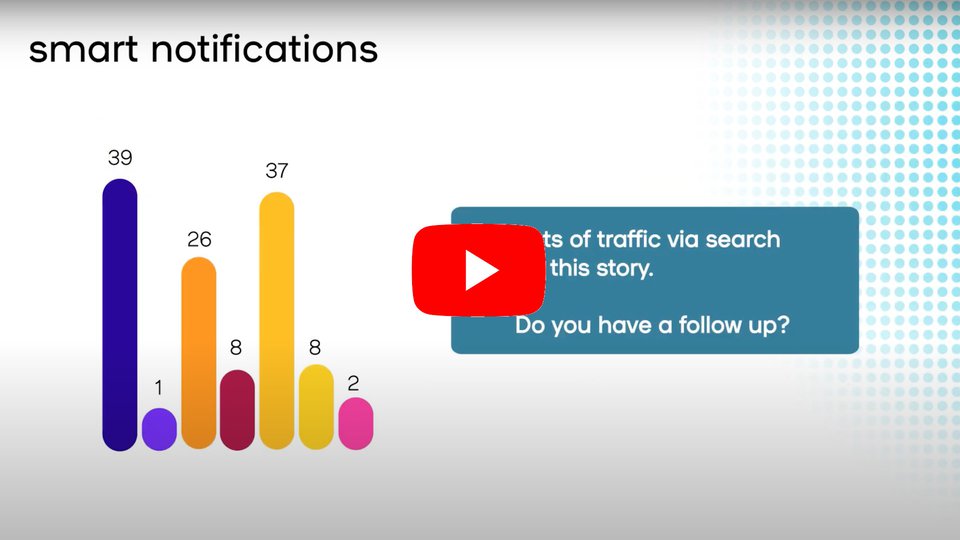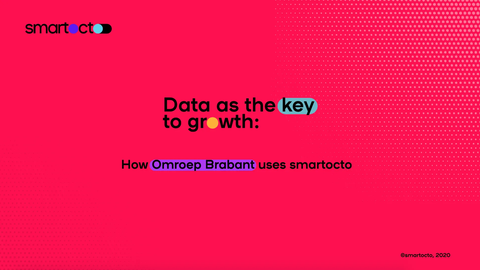According to the recent Gartner Top 10 Trends in Data & Analytics report “the ability to seamlessly go from data to insight to model to action has been the holy grail of data and analytics.” Organisations that are able to fix this can reap the benefits of closed loop impact adjustment and improved productivity. When talking about the impact on organisations and skills, Gartner foresees an increased collaboration and interaction between data and analytics roles, which naturally has consequences for processes and people. Among other things, it promises to ‘unlock’ data for more non-tech users and causes less friction between workflows and roles.
In that same report, Gartner introduced some recommendations for data and analytics leaders. One of them is to “expand analytical capabilities, roles and processes by focusing on the business priorities and issues to be addressed. Think ‘end-to-end’ in relation to the analytics life cycle and top-to-bottom’ in relation to the data and analytics stack.” They also propose to “anticipate changes [ ] in how analytics becomes an active participant in data management [ ]. Tools will require a collaborative workflow of an ask-and-answer nature between data dictionary and data acquisition.”
What do ‘optimise’ and ‘value’ mean for your organisation?
This also goes for newsrooms and media publishers. When creating continuous flows of content, these organisations also produce virtually unlimited amounts of data. And when you run the show, you want this data to work for you. You want to put it to good use, optimising the content flow, improving story impact and in the end creating value for your business.



